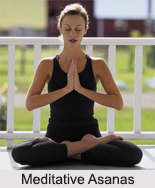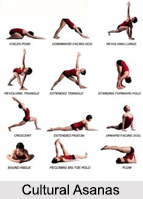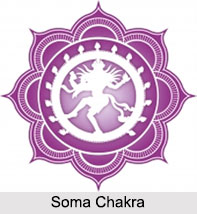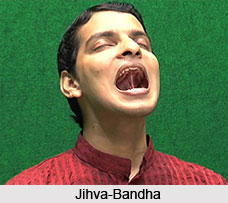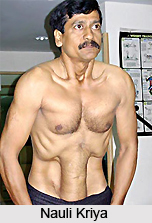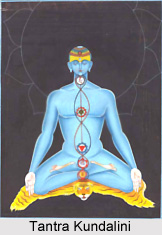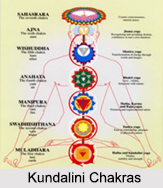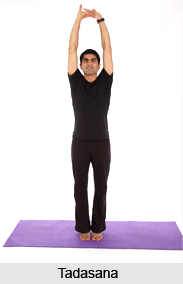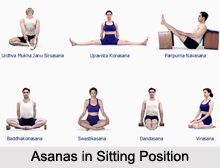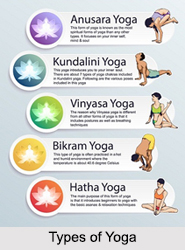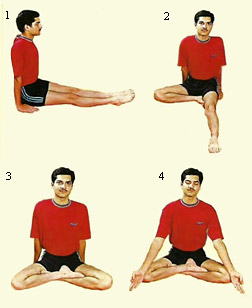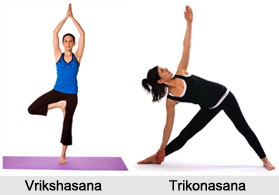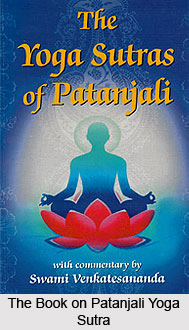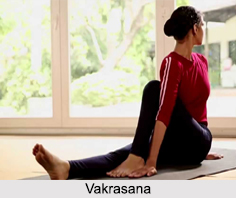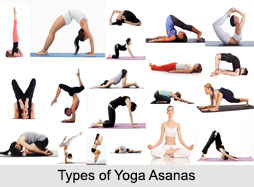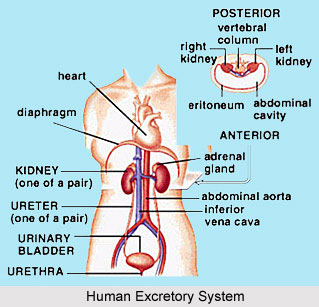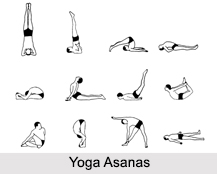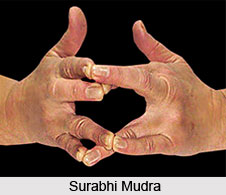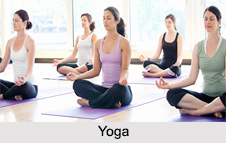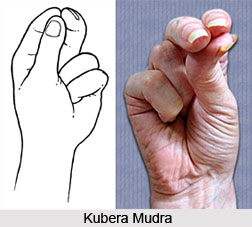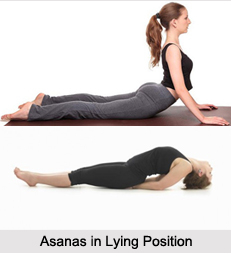The Heart Chakra is the located in the heart and the center from which feelings of love emanate. The Heart Chakra is also associated with other pure emotions like joy, happiness, honesty, respect, compassion, understanding and generosity and with loving anyone in a sincere way without any ego. This is the Chakra that connects us with the people whom we love and the bond becomes very strong as long as the Chakra is effective. Quite ideally therefore the stimulation of this chakra is indeed important. A few exercises have been recommended to develop and stimulate this chakra.
Chest Opener
Firstly, one needs to place the arms behind the back, clinch the hands together and spin the arms so that the elbows lock. This should compress the shoulders back and the chest out. It is advised to take a deep breath. One can flip the head back and use the arms as thrust to spin the torso, relaxing the tight muscles one might have there. The deep breathing needs to be continued.
For additional stretching and opening of the pectoral muscles around the chest, one needs a belt, towel, or tie and hold it above the head, with the arms shaping a triangle. Keeping the elbows straight, one needs to stretch the arms behind, still holding the belt to furnish a fine elongation. If one cannot keep the elbows straight, one can move the hands farther aside on the belt. If one cannot feel a good stretch, the hands must be pulled closer together.
The Cobra
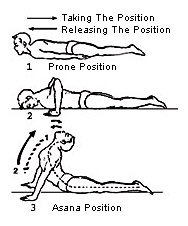 This is a yogic exercise, marvellous if done first, after waking up in the morning. It works on the upper thoracic vertebrae, and helps lessen the rounded back that comes from a malformed chest.
This is a yogic exercise, marvellous if done first, after waking up in the morning. It works on the upper thoracic vertebrae, and helps lessen the rounded back that comes from a malformed chest.
One must lie horizontal on the stomach with arms bent and palms placed, face down by the shoulders. Without using the arms as support, one needs to gradually lift the head, shoulders, and back as far as one can go comfortably. Then it is advised to relax. One must lift again, going as far as one can, and using the arms, one should thrust oneself up just a little farther. One must not level the elbows completely, but work towards opening the chest, keeping the shoulders down and comfortable, the head held high. One should widen the stomach and chest, take a deep breath and relax. This can be reprised as frequently as one likes to.
The Fish
This is another yoga asana, intended to enlarge the chest cavity. It should be begun by lying flat on the back and unfolding the legs along the floor. One must place the hands just beneath the hips, palms down. Pressing down against the elbows, the chest should be raised upward, arching the neck back and touching the head (if possible) to the floor. Then one can breathe deeply. It is advised to hold as long as is comfortable and then relax. The breathing needs to done deeply again.
(If this is too complicated, one can place a pillow behind the shoulder blades and arch over it to loosen the upper spine.)
The Windmill
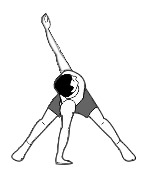 This exercise has been performed by almost everybody, when they are in their childhood. Firstly, one needs to stand with arms elongated outward to each side and flexing the torso back and forth. This sends energy from the body down into the arms and hands, and relaxes the taut muscles of the chest and abdomen.
This exercise has been performed by almost everybody, when they are in their childhood. Firstly, one needs to stand with arms elongated outward to each side and flexing the torso back and forth. This sends energy from the body down into the arms and hands, and relaxes the taut muscles of the chest and abdomen.
Arm Circles
This arouses the muscles of the upper arms and upper back (the wings). One needs to extend the arms out straight to each side and spin in small circles in one direction, slowly moving to larger and larger circles. Then directions must be interchanged and repeated. One can also (in line with the element of air) imagine flapping the arms like wings and flying, taking deep, deeper breaths while doing so.
